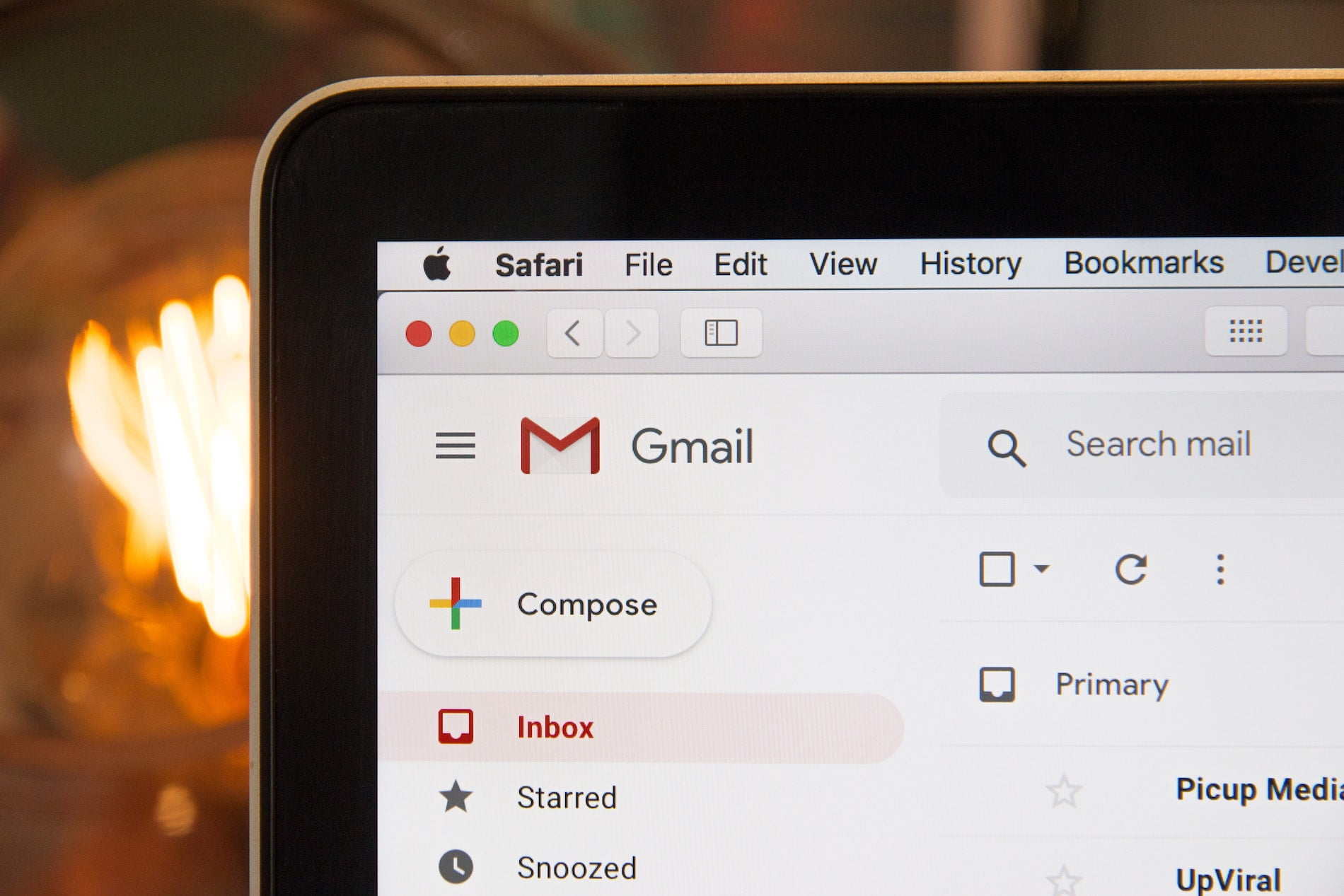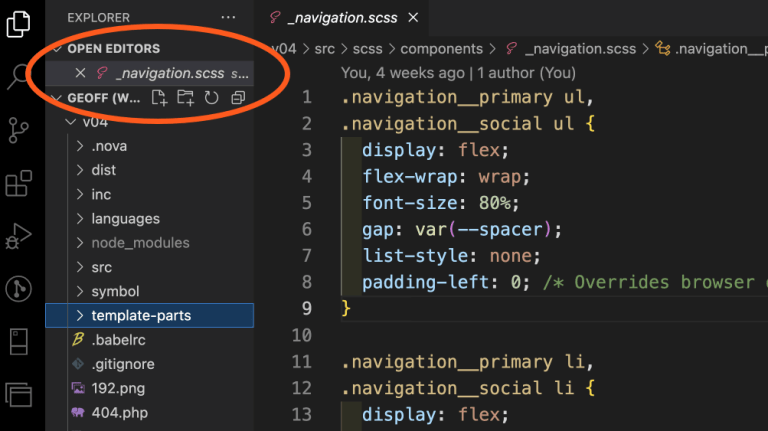
One of the easiest ways of increasing the email value, attracting the attention of your subscribers, educating them, and disclosing more information is to include attachments in your emails.
The profit of attachments in emails is undoubted. They are easy to create and even easier to be attached to an email.
But are the email attachments really so great? Go on reading and you will learn not only how to use attachments in your next email campaign but also the types of email attachments. Moreover, you will find how to overcome a few difficulties when sending email attachments and not spoil your sender’s reputation.
Why attachments may be bad for your campaign
Table of Contents
Documents, letters, educational videos, entertaining gifs, and pictures, explaining screenshots, and so much more! Email attachments may look like an easy and harmless alternative to plain-text emails with a canvas of text. Yet, nobody’s perfect.
Therefore, I’d like to share a bit of warning information with you on why using email attachments in your campaign is not the best idea. There are five points in this.
Email attachments influence the email deliverability
Apart from common factors like spam trigger words that influence email deliverability (thus, your sender’s reputation), sending attachments has a negative impact on them too.
Here’s the thing. Every file makes your email heavier. As a result, it gets more difficult to pass the spam-check by an ESP. As you know, the more of your emails are marked spam, the lower your sender’s reputation is. Low reputation leads to block. So simple.
Studies have also revealed the connection between the email size and email deliverability. Emails that do not exceed the size of 70 kb are Ok. Though a report from Responsys suggests that email size should be limited to 125kb.
Yet, if we speak about the email attachment size, try not to make it heavier than 10 MB. I’ll show you how to do this a bit later.
Verdict: it’s more difficult for a heavy email to pass the spam check filters.
What to do: do not exceed the email size of 100 kb.
Attachments are suspicious
Email remains a popular direction of attack for cybercriminals, hackers, and other internet criminals. This is the reason why both ESPs and people are careful (I’d even say suspicious) with emails that contain attachments.
I’ve mentioned the tech side of this issue above. So let’s have a look at why email with attachments is suspicious to people.
One of the rules people stick to is “Trust no one”. So here are two points to be mentioned. Firstly, people do not love emails from people they do not know. Secondly, email recipients are even more suspicious to new senders who send attachments through emails. You will be lucky if they simply ignore or delete your message. In the worst case, they will report spam, and your sender’s reputation will be damaged.
Verdict: email attachments do not inspire confidence.
What to do: explain your attachment in the email. This will add a bit more trust to it and the email recipients will be more favorable to your message.
Email attachments have a negative impact on the sender’s reputation
Email attachments are really great. But here’s the third reason already that proves the contrary. That’s a complete truth. As stated above, ESP may filter your email, and people may find your message suspicious and mark spam. The result is simple. Your sender’s reputation gets worse and worse until you get blocked.
Surely, the email attachment is not the only thing that defines your sender’s reputation. But still, this is one of the most popular reasons for the low reputation.
Verdict: Attachments in general evoke the desire to mark email spam. Heavy attachments get filtered by ESPs.
What to do: Be patient with attachments. Otherwise, you will evade the low sender’s reputation and block.
Attachment size limit
Each email client has its own email sending limits. This applies not only to the number of emails you can send per hour or day but the attachment size too.
You may have noticed that when sending emails with attachments, it’s not always possible to send large files. If you’ve used at least 2-3 email providers, you know that they have different limitations. For example, for Gmail this limit is 25 MB while through 1&1, you can send files of up to 150 MB.
You won’t be blocked. You simply won’t be able to send an email. Just imagine. You’ve spent much time creating and designing some stuff but the result is unfavorable, your recipients won’t see the email soon. And you will have to find a converter or other software to make the file lighter.
Verdict: You may spend time in vain crafting an appealing file that won’t see the world because of the provider’s sending limit.
What to do: Analyze the market and learn which email provider fits your needs more.
HTML-file may not display correctly
Consider this type of email as attachments. HTML-emails are great in terms of creating appealing and captivating content. They make the email heavier, thus the deliverability of your message may be damaged too.
Also, HTML files can display incorrectly as a result of a broken view. It doesn’t matter how much you try, how much time you spend on an email, how much effort you imply. Something may go wrong, and all your efforts will go down the drain.
Verdict: HTML-emails influence the email deliverability negatively as they are heavy.
What to do: Avoid sending HTML messages. Try plain-text emails instead.
Types of email attachments
Email attachments come in numerous formats and sizes, you need to be careful with them.
Firstly, you need to know that there are some file formats that are not supported by email providers (in fact, there are so many of them that I won’t mention each). Secondly, some similar formats (let’s say, jpg, png, or jpeg) have different sizes. As you remember, email attachment size matters. And finally, the email recipient may need specific software to view the sent file.
Since you are searching for the best methods of including attachments to your emails that would boost your marketing efforts, let me show you a few the most popular types of attachments and help you send them safely.
Pics
Supported file extensions: jpeg, jpg, png, tif, gif, bmp.
When it comes to entertaining and educational emails, pictures are a savior. With them, you can demonstrate your service, provide a step-by-step guide to onboard new clients, attract attention, and re-engage old customers through an email drip campaign, etc.
Yet, sending pictures as email attachments grow the size of your message. Thus, the email deliverability and your sender’s reputation are under threat.
The greatest problem that comes with pictures is the number of pics you need to send. Let’s say, you need to show how your service works. It won’t be that easy to do this with one screenshot only. Mostly, you need at least 3 of them. 3 pictures are a bunch of files already that may damage your reputation. Especially if you want to provide high-resolution photos. Doesn’t sound good, is it?
How to send pictures: Send pictures if they are of the greatest importance and your email doesn’t go alone. If you still need them, keep their size for up to 10 MB. Use editors to reduce the size of your pictures.
Videos
Supported file extensions: webm, mpeg4, 3gpp, mov, avi, wmv, flv.
Videos may be better for your email campaign than pictures. Surely, you need to send one file only and the recipients will get all the information they need. Yet, videos are heavier compared to pictures and it becomes more complicated to send videos through emails.
There are a few ways you can do this besides embedding:
- Send a video as an attachment (remember about the ESP sending limits)
- Include your video thumbnail image to an email and anchor a link to a video host location
- Create an animated GIF or a cinemagraph
- Use a video hosting site to upload your video and send a link to it (you can use Google Drive for that)
- Send a direct link
How to send videos: Videos are heavy. Use instead of an alternative way to send videos through emails. When sending videos as attachments, make sure you keep the minimum size of it. Don’t forget to preview and test your email.
Documents
Supported file extensions: docx, zip, 7z, pdf, psd, al, rtf, xls.
While you can interchange videos and pictures, the work with files of other formats gets more difficult. It happens rarely but still. What if you need to send a package of documents, like a bundle of contracts? Surely, zip and 7zip files come to the rescue. One file and no troubles!
Also, you can easily send several types of file formats and your recipients can view them without troubles. Most email providers support viewing files like text documents, PDFs, spreadsheets, and a few other types of attachments.
Yet, you do remember that ESPs and people do not trust attachments in emails and your message may get labeled spam right away.
How to send documents: The best option is to attach a link to a shared file in the cloud to not hurt your sender’s reputation.
Do it right
As you see, attachments in emails influence both technical and human factors in a negative way. This makes it extremely important to follow the rules of email attachment sending. This will help you go through the spam filters and improve the email delivery rate. Moreover, the received email will have more chances to be read rather than deleted.
Following the rules, you will prove your reliability as well as professionalism.
Even though attachments can be a perfect tool for grabbing your recipients’ attention, you need to always be careful with what you do and what you send.
- Do not send attachments if your email can go without them
- Pay attention to the size of each attachment: find out the email attachment size limit your ESP has
- Use alternative methods of sending attachments
- Send plain-text emails instead of HTML-ones
Still, one of the most reliable ways to send attachments is to upload them to a shared folder and send a link through an email. The email size won’t be changed much and your sender’s reputation will be under protection.
Photo by Stephen Phillips – Hostreviews.co.uk on Unsplash






